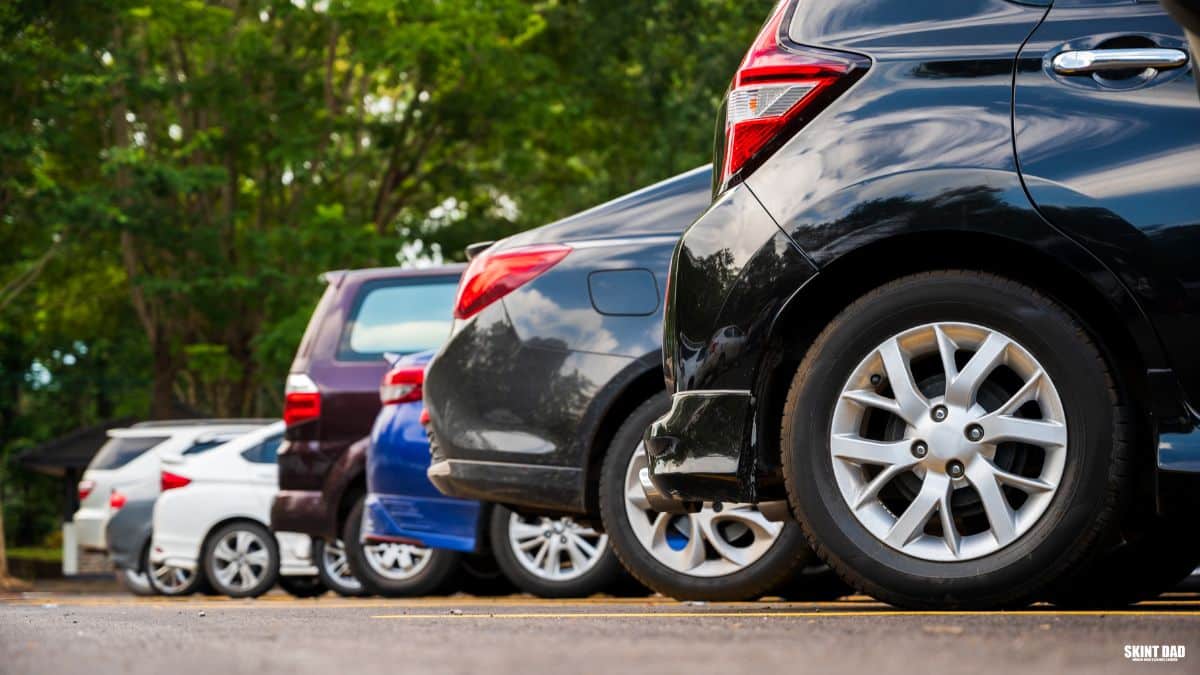
If you have polycystic kidney disease (PKD) and you’ve reached end-stage renal disease (ESRD), you may need a kidney transplant.
Here’s what you can expect and how to navigate the process.
How do I get a new kidney?
There are two ways to get a new kidney. You can get a donation from a deceased donor or a living donor.
With a deceased donor, you go on a waiting list to receive a kidney from someone who has died. With a living donor, you arrange to use a kidney from someone who’s living.
How long does it take?
If you wait for a deceased donor, it may take a few years before a kidney is available for you. It’s about a 3- to 5-year wait.
Your wait may be longer, depending on your age and medical condition. If you have a sensitized immune system from previous transplants, blood transfusions, or pregnancies, it may be harder to find a compatible donor, so you may have to wait longer.
“My biggest tip for those in need of a transplant is to look for a living donor,” says Niraj Desai, MD, surgical director of kidney and pancreas transplant at Johns Hopkins Medicine. “This is a very tough thing to ask someone to do, but there are programs we have to promote living donation.”
Johns Hopkins Medicine has a program called Live Donor Champion, which helps match donors and recipients. You can also try the National Kidney Registry, which uses a large database to match living kidney donors with recipients.
With a living donor, the process may happen quickly. “Live donor transplants can often take place within weeks to months of the start of the transplant evaluation,” says Linda Wright, DrNP, a transplant expert for the American Nephrology Nurses Association.
What are the criteria for getting a new kidney?
“The list is long, but these are some of the bigger categories of things we screen for,” says Desai.
- No major cardiac disease
- No current cancer diagnosis
- If you had cancer in the past, adequate evidence of no recurrence
- Suitable social support
- Body mass index of 35-40 or lower
- No major progressive neurologic disease
- No untreated major psychiatric illness
How are kidneys given out?
Kidneys are assigned through a point system run by an organization called the United Network for Organ Sharing (UNOS). With this computer system, UNOS takes every deceased donor kidney and matches it to potential recipients using a points system.
“These points are based on certain medical factors, how long they’ve been on the waiting list or when they started on dialysis, how well they match the donor, and how close they are geographically to the location of the donor,” says Wright.
Children get special priority. You may get priority if you have a sensitized immune system or if you’ve been an organ donor in the past.
How can I prepare for my transplant?
“The most critical thing is staying on top of your health needs and maintaining an active lifestyle,” says Desai. Try to follow a healthy diet and exercise regularly.
Before a transplant, you’ll have medical evaluations and testing. As you wait for a kidney, you may repeat them to stay current. Make sure you keep up with this, says Wright.
Stay in close contact with your transplant coordinator so you know what’s going on with your evaluation and what your wait list status is.
“Keep your transplant center informed of any changes in your medical condition, insurance, or social situation,” says Wright. Don’t forget to share phone number or address changes so they can reach you quickly if an organ is available.
What happens during the transplant?
When you’re ready for your transplant, you’ll be in the hospital for a few days.
Before surgery, you’ll have general anesthesia. Your doctor may also give you other pain blockers.
During surgery, your surgeon will make a cut in your lower belly. That’s where they’ll put the new kidney, then they’ll connect it to your blood vessels and bladder.
Your new kidney will start working right away. It may take a few days to fully function. You may need dialysis for a few weeks to help it reach its full working condition.
What’s the recovery like?
“Recovery in the hospital is less than a week,” says Desai. You may be able to leave the hospital 3-5 days after your surgery. “It takes several more weeks at home to get back to a normal state.”
At first, you may not be able to drive or to lift anything heavier than 5-10 pounds. About 2-3 months after your transplant, you may be able to get back to work.
You’ll see your doctor regularly after your surgery. “You can expect to have frequent lab tests and appointments at the transplant center for the first few months after transplant,” Wright says.
Your doctor will also give you immunosuppressive medication to keep your body from rejecting your new kidney. You’ll take this medication for the rest of your life.
What should I ask my doctor?
If you’re considering a kidney transplant, share your questions and concerns with your doctor. If you don’t understand something, ask them to explain better.
Ask questions like:
- How do I keep my kidney functioning for as long as possible while I wait for a transplant?
- How can I make the most of my chance to receive a transplant?
- How can I stay a good candidate while I wait for a kidney?
- What kind of medication will I need?
- How can I avoid infection after my transplant?






